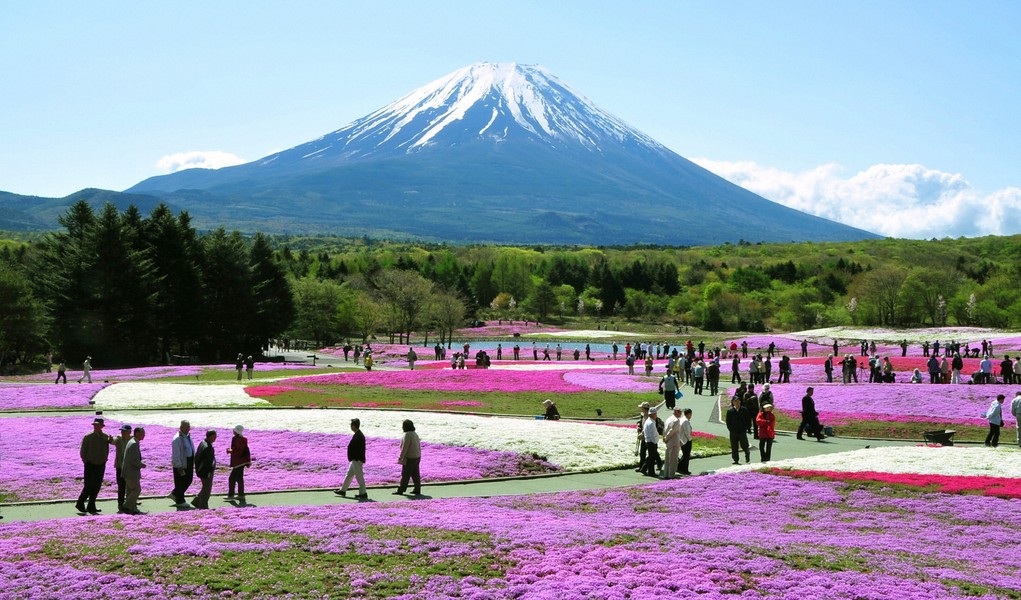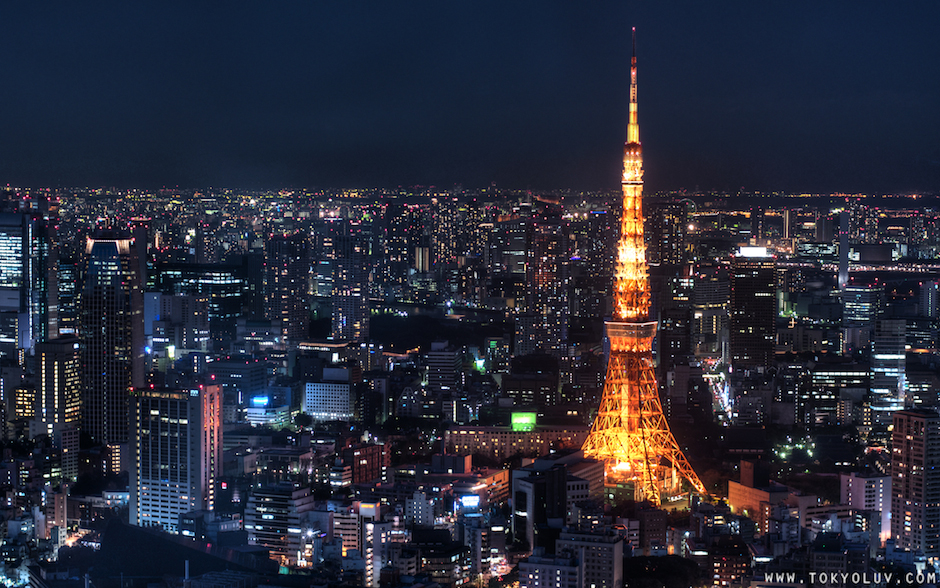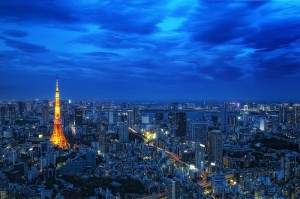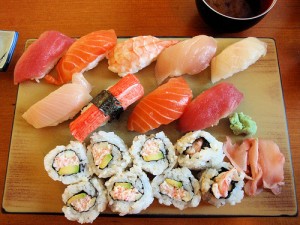 Many people will be familiar with Japan as one of the most industrially and economically successful countries in Asia, but it can also boasts a wide range of activities that visitors can enjoy too. Whether you are looking for an amazing shopping experience in one of the world’s most cosmopolitan capital or you are looking to relax in idyllic surroundings, then Japan is the right destination for you. Japan has certainly suffered in terms of tourism recently, but the country is still one of the most attractive in Asia and has plenty of activities to help keep visitors busy.
Many people will be familiar with Japan as one of the most industrially and economically successful countries in Asia, but it can also boasts a wide range of activities that visitors can enjoy too. Whether you are looking for an amazing shopping experience in one of the world’s most cosmopolitan capital or you are looking to relax in idyllic surroundings, then Japan is the right destination for you. Japan has certainly suffered in terms of tourism recently, but the country is still one of the most attractive in Asia and has plenty of activities to help keep visitors busy.
Visit The Icon Of Japan – Mount Fuji
Mount Fuji is one of the most distinctive mountains in the world, standing well above the tiny foothills that lie around it, and this has helped the image of the mountain become known around the world. For those who have an adventurous streak, Mount Fuji is certainly a very popular mountain to climb, with the majority of people ascending to the summit during the summer months. Mount Fuji is also a particularly popular spot for paragliders in Japan, and the low number of other mountains in the vicinity and the wonderful surroundings make it a great place to see from the sky.
For those who are a little less adventurous, the views of Mount Fuji from LakeYamanaka are absolutely spectacular, particularly during the calm days when the waters are so still they can demonstrate a clear reflection of the mountain.
Travel On A Bullet Train
The development of the Bullet Train, or the ‘Shinkansen’ as it is known in Japanese has been one of the great post-war successes in Japan, making travel between the major cities in the country a very quick and enjoyable journey. The Tokaido line on the train also offers magnificent views of Mount Fuji as it whisks you quietly and comfortably between Osaka and Tokyo at up to 186mph. No trip to Japan is complete without one of these ultra fast journeys on the sleek ‘Shinkansen’.
Enjoy The Cherry Blossom Festival
During the spring in Japan the cherry trees come into flower, and between the months of March and May many people will gather for a traditional celebration under the cherry blossom in many public spaces. This tradition is known as ‘Hanami’ in Japan, and the type of celebration held will often vary depending on the people. Younger people will often host a party in these spaces and enjoy food and drink with their friends, while older people will relax with a picnic below the cherry blossom.
Shopping In Tokyo
The bustling streets of Tokyo are a godsend to those who would love to spend their time shopping, and with such a large city it is natural that there are shops catering to almost everyone. Many of the districts see similar types of shops opening in the same area, which can often make it easier for those looking to shop for specific items. Ginza and Marunouchi are great for those looking for designer names and luxury goods, while young people looking for cutting edge shopping should head to Harajuku.
Skiing In Hokkaido
Hokkaido is the northernmost island in Japan, and the distance from the equator along with a suitable mountain range has helped to give a wonderful backdrop for a number of skiing resorts. Whether you are new to the sport or are experienced and looking for a challenging black route on the slopes, resorts such as Kamui and Sapporo have a selection of routes to enjoy. Because of the excellent flight and train connections, it is also quick and easy to get to Hokkaido to enjoy some time on the slopes.


 A key part of learning about any new culture is getting to know their food. In fact a meal for many people is their first introduction to a country and a people. I will never forget my first bite of Thai food- life changing, not an exaggeration, although at the time I took it I could not have told you anything about
A key part of learning about any new culture is getting to know their food. In fact a meal for many people is their first introduction to a country and a people. I will never forget my first bite of Thai food- life changing, not an exaggeration, although at the time I took it I could not have told you anything about  yo
yo